Migraines in kids. How can we best prevent them? That is a question we hoped to answer when we began a study that was published in the New England Journal of Medicine this week.
In particular, we wanted to know which preventive medications are the most effective at preventing migraines in kids. With 10% of children under the age of 12 and up to 25% of girls by the time they turn 18 getting migraines, we think it is important information to have.
The Study’s Results
Surprisingly, our study results found that the commonly prescribed preventive medications for migraines in kids – amitriptyline and topiramate – were just as effective as a sugar pill, or placebo.
I am certain that this is going to raise many questions with both parents and physicians alike. The good news is that we know that kids’ migraines can get better with the multidisciplinary therapies applied in this study and the expectation of response (read more about that below) – in addition to the medications. In fact, our study found that those receiving:
- A sugar pill had a 61% reduction in migraines
- Amitriptyline had a 52% percent reduction in migraines
- Topiramate had a 55% reduction in migraines
Neither the two medications nor the sugar pill’s results were statistically different from each other. We got kids with migraines better, but it doesn’t necessarily mean they need to take a medication for that to happen.
What’s Interesting About the Results
These two aspects – not necessarily medications – appear to have played a more important role in getting kids better:
- The expectation of a response
- Non-pharmacologic (drug) therapies
The placebo effect, or the expectation of a response after receiving a sugar pill, was 61% effective at reducing migraines. Patients thought that they would get better, so they did. This study tells us that we need to look further into how we can help kids achieve this without giving them medications (or thinking that they’re being given medications).
The Role of Non-Pharmacologic (Drug) Therapies
The other interesting aspect was the non-pharmacologic therapies utilized with all 328 patients across 31 sites nationally. Every patient received acute therapy, healthy habit discussions and help with adherence. Because medications and placebo were equally effective, these other therapies probably played a large role in getting kids’ migraines better.
When we embarked upon this study, we hoped to find a clearer picture for preventing migraines in kids. What we found is that it might not be as simple as prescribing a medication. Our research shows that a more holistic approach incorporating multiple therapies may be the best at preventing them.
So to answer the question, how can we best prevent migraines in kids? With this research, we now know that it’s not a simple answer of which medication to use. It’s more complex of an answer and we plan to study this further to determine which therapies work the best to prevent migraines in kids.
Editor’s note: Andrew Hershey, MD, PhD, pediatric neurologist and co-director of the Headache Center at Cincinnati Children’s, was a co-author of this study.

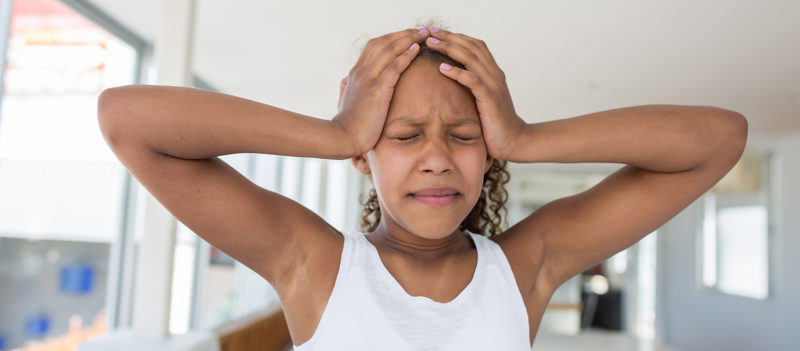
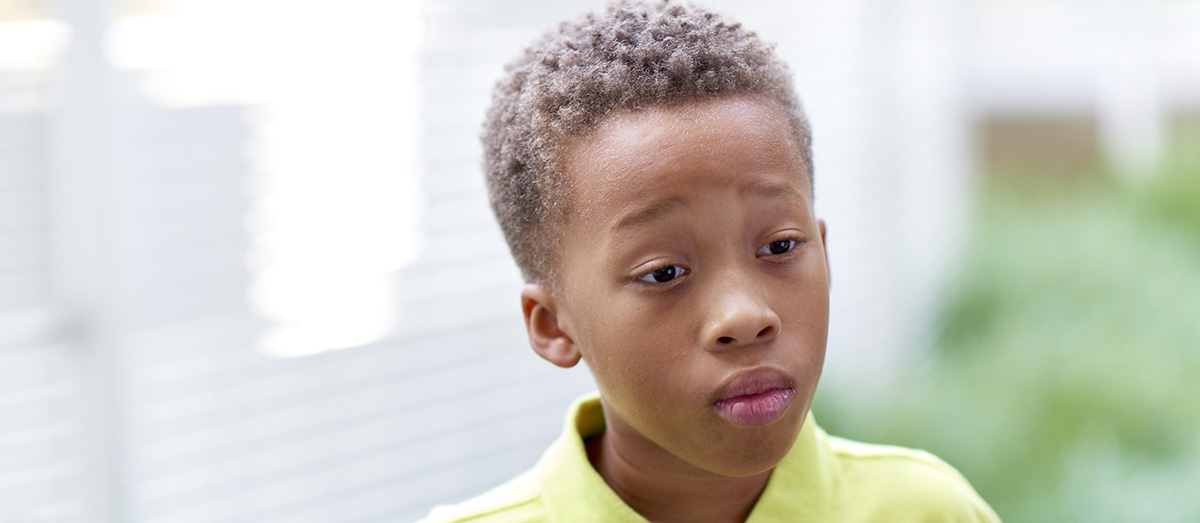
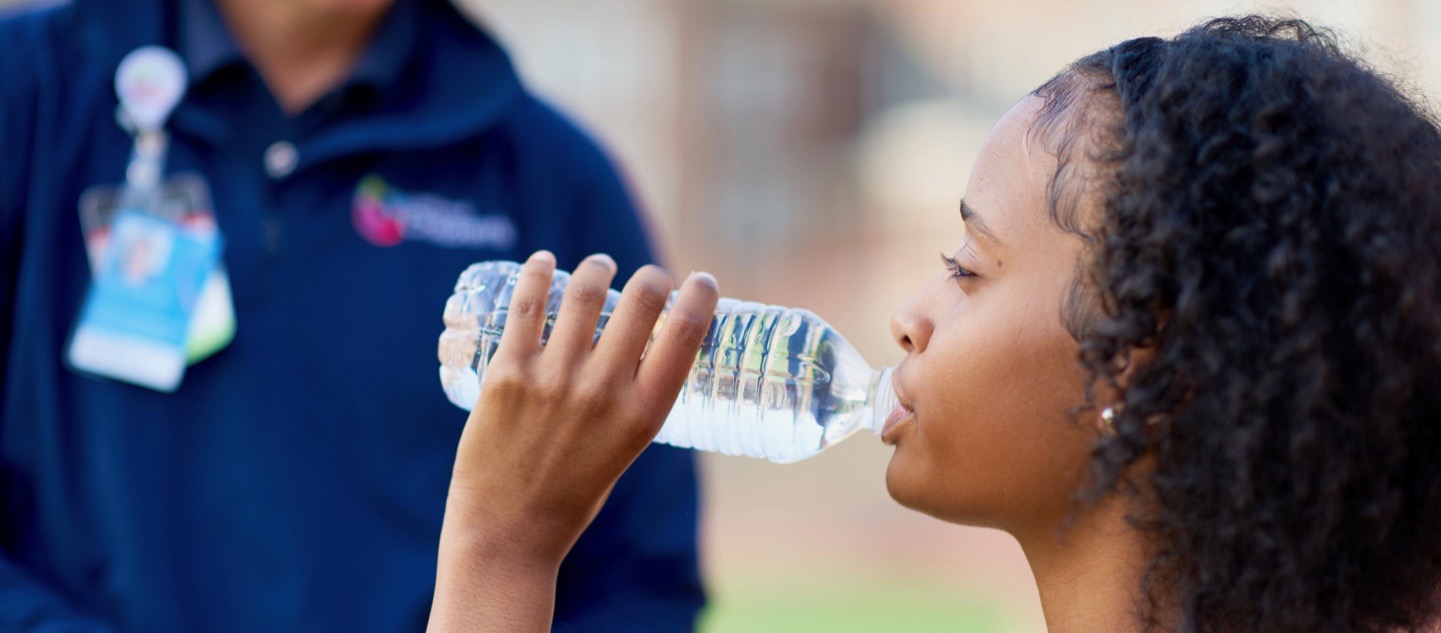
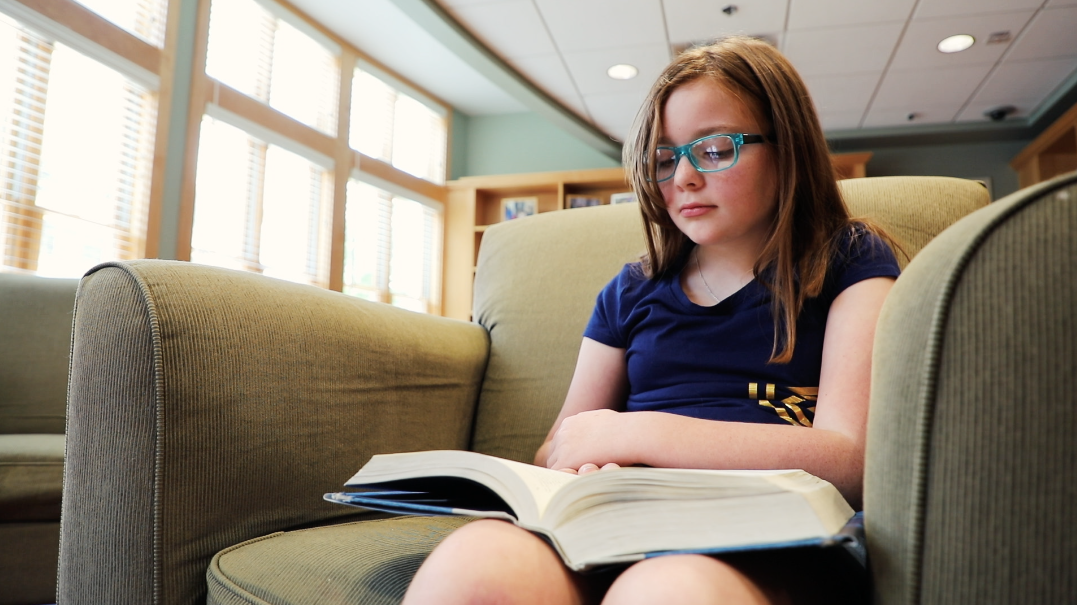
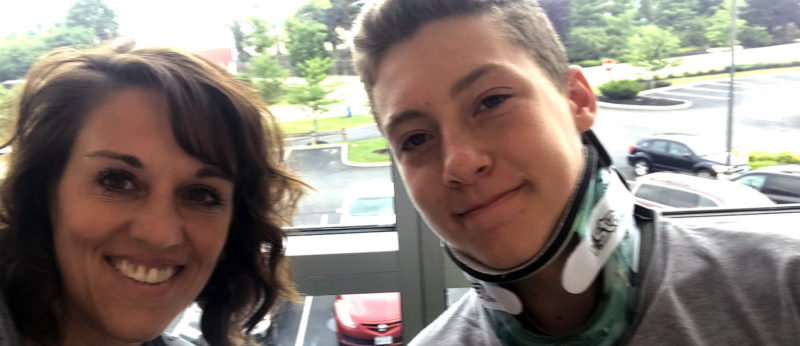
Perhaps this is the reason that NO preventative meds have worked on my son. Maybe this is the reason I am once again at the ER with him as he receives a “migraine cocktail.” Perhaps some kids–like mine–need a more aggressive approach medically.